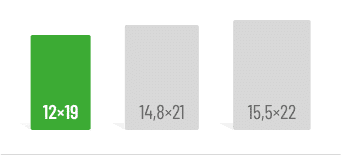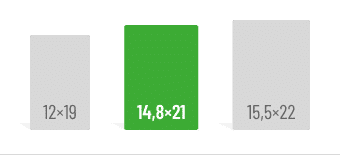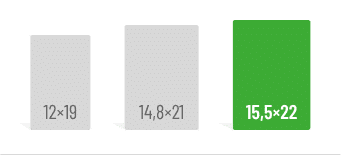First things first:
- The following dimensions can help you narrow down your topic: subject, geographical scope, time frame, participants, institutions, target audience and the choice of method.
- It’s better to have a topic that’s too specific than too broad.
If you find yourself overwhelmed during your literature review, unsure which sources are most useful, it might be a sign that your topic is still too broad. If your research question is too ambitious, you’ll end up with a ton of material to sort through. By refining your topic, you also limit the amount of literature you’ll need to cover—which might sound daunting at first but will actually make the writing process much easier.
Especially with shorter papers (around 10 to 15 pages), you need to keep your topic focused. The more specific your research question, the easier it will be to fully explore the topic in the limited space you have. Narrowing your topic also simplifies your keyword search, which not only helps you frame your paper for your audience but also makes it easier to find relevant sources. The goal is to make your topic manageable—both in terms of workload and time.
Step-by-step guide for narrowing down your topic
You can follow a systematic approach to narrow your topic down, starting broad and becoming more specific with each step. Once you’ve done an initial narrowing, you can begin analyzing relevant literature, as you might find ideas and inspiration for refining your topic further. For instance, take a look at the conclusions of other papers in your field and see if they suggest further research directions or useful keywords.
1. Subject
This is usually the easiest step, as it’s determined by your study program. To narrow your topic, you can refer to the seminar or module in which you have to write your paper. Review your notes and materials from class, as they might contain thoughts or questions that align with your chosen topic. If possible, start collecting potential topics during the seminar to make this process easier.
2. Geographical scope
Regardless of your subject, geographical focus is almost always an option. Decide which country or region you want to examine or where you’ll collect your data. You might also compare two regions, or perhaps the topic you’re studying has already gained attention in a specific location, making it particularly relevant.
3. Time frame
Another way to narrow down your topic is to focus on a specific time period. Think about when you want to examine your topic. For example, limit your study to a few years or focus on a particular point in time. In some fields, comparing multiple time periods can reveal progress or setbacks in development.
This is also a good stage to dive into your literature review. You’ll quickly get a sense of which time frames have enough literature available and can adjust your focus accordingly.
4. Target groups, institutions, and audiences
You can also refine your topic by focusing on a specific group of people or particular institutions. For instance, in education, you might choose to focus on kindergartens or schools. You could also examine a specific professional or social group, or even minorities. Think about which groups you’ve engaged with most during your studies or which institutions you’re familiar with. You could also make distinctions based on gender or education level. If you plan to collect data via a survey or similar method, this step is crucial because it determines your participant group.
If narrowing by people, professions, or institutions isn’t relevant to your field, consider who the audience for your paper will be. Think about who you’re writing for, who your findings are relevant to, and what goals you want to achieve. This could include lecturers, fellow students, or a broader scholarly audience.
5. Use existing theories and models
Finally, think about which existing theories and models from your field you’d like to incorporate. Are there specific methods you’ll use to collect or present your data? You might also choose to focus on a particular theory that you’ll apply to your topic. Finding these models and theories will be much easier once you’ve refined your topic and started looking through the literature. You could also critique a specific or well-established approach at this stage.
Now that you’ve narrowed down your topic, you can dive into your literature review. For more tips on how to conduct academic research and other helpful advice for writing your papers, check out our magazine.
Sources:
Do you like our magazine? Then sign up for our GRIN newsletter now!







